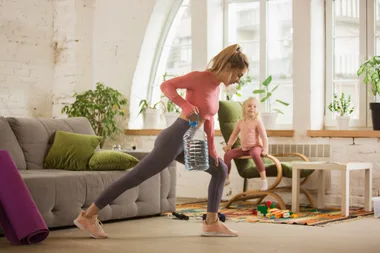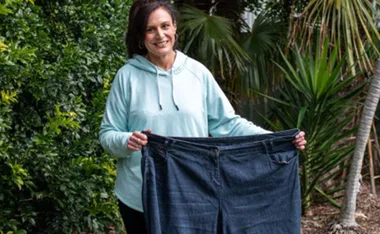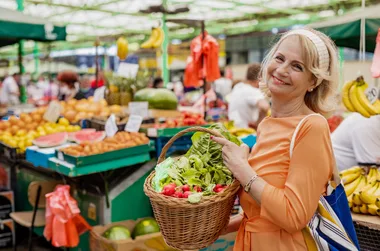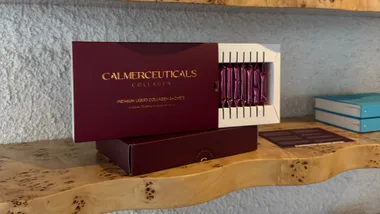For your health (and the planet’s), you might want to rethink what you drink out of. Pamela Allardice explains why.
- Chemical question-mark. Along with tin-can linings, hoses, paints, dentistry composites and plastic containers, some plastic bottles are made from polycarbonate (PC) plastic (No. 7 recycling code), which contains the chemical bisphenol-A (BPA). BPA is a xenoestrogen, meaning it mimics oestrogen in the body, which may disrupt hormone function. While research into BPA’s effects on human health is still ongoing, there are enough animal studies – indicating that even low levels interfere with reproductive health, immune function, and brain development, and may also be linked to heart disease, obesity and diabetes – to warrant avoiding it.
A study from the University of Cincinatti suggests that PC containers leach BPA faster when exposed to hot liquid; another, from the Harvard School of Public Health, shows that drinking from PC bottles increases urinary output of BPA by two-thirds; yet another, published in Environmental Health Perspectives, indicates BPA lingers in the body eight times longer than was originally thought. Plus, the jury is still out on whether plastic containers that are scratched from repeated use leach chemicals into the beverages they contain. Interestingly, Canada has listed BPA as a toxic chemical; children, with their developing hormone systems, may be more susceptible – visit www.chej.org/BPA_Website.htm. Some manufacturers, notably Nalgene, who make bottles for campers and outdoor use, have voluntarily eliminated BPA.
- Environmental risk. The Great Pacific Garbage Patch is a 3.5 million tonne plastic and styrofoam rubbish ‘island’, about as big as the Northern Territory. It floats between Hawaii and California and is expanding every year. The plastic doesn’t break down completely: instead, it produces nurdles, millions of minute particles that absorb oily toxins that won’t dissolve in salt water, along with chemicals like DDT. These carcinogenic and hormone-disrupting particles are eaten by birds and fish. Not buying plastic water bottles won’t solve the whole problem, as many other plastic items are involved – but it would make a difference.
What about recycling? The Total Environment Centre says only around 30 per cent of plastics are recycled. In any case, recycling plastic bottles (or other plastic) isn’t a total solution, given that the recycling process itself requires some energy and may generate environmental emissions. As well as recycling, it makes more sense to stop the waste before it starts.
- $$$ and sense Here’s a hard hip-pocket fact: some brands of bottled water can cost upwards of 100 times more than tap!
So, what can a thirsty person do? Drink tap water or, if you prefer, filter it — nanofiltration and reverse osmosis systems remove most bacteria, heavy metals and chemical contaminants. Compare styles at www.waterfiltercomparisons.com.au. Never leave home without your stainless steel bottle, like the uber-cool SIGG (www.biome.com.au) and Earthlust designs (www.buttnatural.com.au). They both offer lots of different sizes, shapes, colours, and cap styles. And make other no-plastic tactics – like using stainless steel, glass or ceramic cookware and storage containers – a habit.











